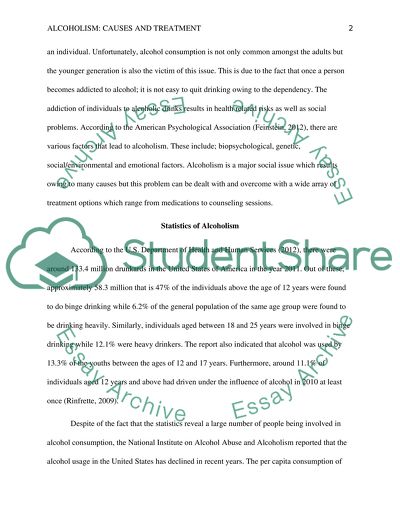Cite this document
(“Alcoholism: Causes and Treatment a P Research Paper”, n.d.)
Retrieved from https://studentshare.org/psychology/1479910-alcoholism-causes-and-treatment-a-p
Retrieved from https://studentshare.org/psychology/1479910-alcoholism-causes-and-treatment-a-p
(Alcoholism: Causes and Treatment a P Research Paper)
https://studentshare.org/psychology/1479910-alcoholism-causes-and-treatment-a-p.
https://studentshare.org/psychology/1479910-alcoholism-causes-and-treatment-a-p.
“Alcoholism: Causes and Treatment a P Research Paper”, n.d. https://studentshare.org/psychology/1479910-alcoholism-causes-and-treatment-a-p.


